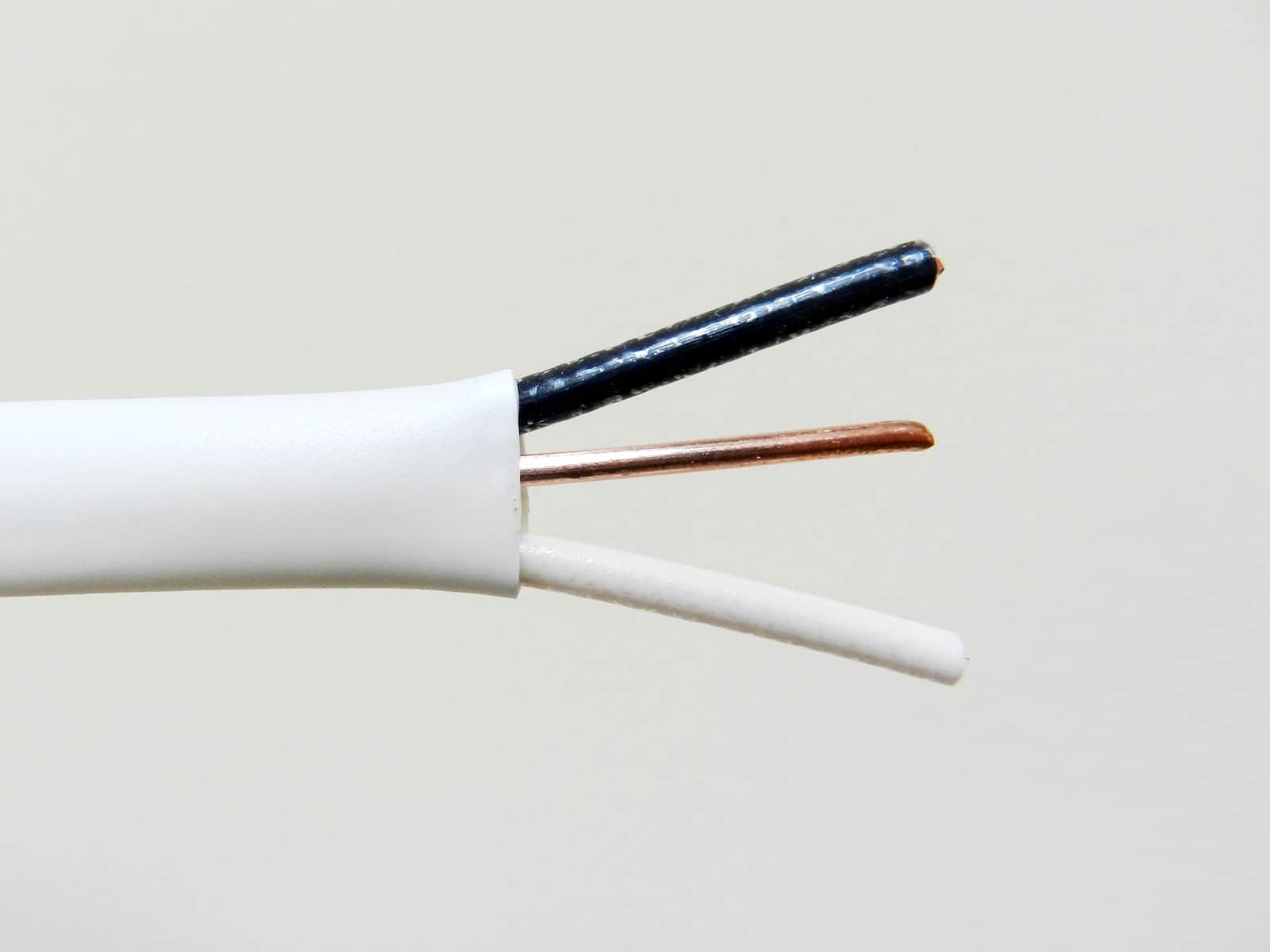

Articles
What Color Is Black In Electrical Wire
Modified: December 7, 2023
Learn about the color coding of electrical wires and discover what each color, including black, signifies. Find comprehensive articles on electrical wire colors and their meanings.
(Many of the links in this article redirect to a specific reviewed product. Your purchase of these products through affiliate links helps to generate commission for Storables.com, at no extra cost. Learn more)
Introduction
Electrical wiring plays a crucial role in our lives, providing power to our homes, offices, and various electronic devices. In order to ensure safety and proper functioning, electrical wiring systems are meticulously designed and installed with specific color coding. This color coding helps electricians and individuals identify the purpose and function of each wire within a circuit. One such color that is commonly seen in electrical wiring is black.
In this article, we will explore the significance of color coding in electrical wiring and delve into the specific meaning and applications of black electrical wire. Understanding the purpose of each wire color will not only enable better troubleshooting and maintenance of electrical systems but also promote safety in handling electrical installations.
So, what exactly does the color black indicate in electrical wire? Let’s find out.
Key Takeaways:
- Black electrical wire indicates a hot wire carrying electrical current, essential for powering devices and lighting circuits. Understanding its functionality and adhering to safety precautions is crucial for safe electrical work.
- Color coding, including the use of black wire, promotes safety, efficient troubleshooting, and compliance with regulations in electrical systems. Always consult experts and follow safety measures when working with black electrical wire.
Read more: What Is 4 Wire Electrical Wire
Importance of Color Coding in Electrical Wiring
Color coding in electrical wiring serves as a visual aid, allowing electricians and individuals to easily identify and differentiate between different wires within a circuit. This standardized system helps in various aspects of electrical maintenance, installation, and troubleshooting.
One of the primary benefits of color coding is its role in promoting safety. By using different colors for different types of wires, it becomes easier to identify and handle each wire accordingly. For example, high voltage wires are typically color-coded in red, while neutral wires are color-coded in white or gray. This system helps in reducing the risk of accidental shocks or damage caused by mishandling the wiring system.
Furthermore, color coding enhances the efficiency of troubleshooting electrical issues. When a problem arises, electricians can quickly trace and identify the specific wire involved based on its color. This saves time and allows for faster identification and resolution of electrical faults. Without proper color coding, troubleshooting would be a much more time-consuming and complex process.
Color coding also plays a significant role in ensuring adherence to electrical codes and standards. Different countries and regions have specific regulations governing electrical installations. These codes often mandate the use of designated colors for various types of wires. By following these color coding standards, electricians can ensure that their installations comply with the prescribed regulations, minimizing the risk of non-compliance fines or safety hazards.
Moreover, color coding enables easier identification of specific functions in complex electrical systems. For instance, black electrical wires often indicate specific functions like hot wires or switch legs. Being able to visually identify the function of a wire at a glance makes electrical work more efficient and prevents confusion during installation or repairs.
Overall, the importance of color coding in electrical wiring cannot be overstated. It simplifies electrical work, enhances safety, and ensures compliance with regulations. By understanding and utilizing color coding effectively, electricians and individuals can confidently navigate the intricate world of electrical systems.
What Does Black Color Indicate in Electrical Wire?
In electrical wiring, the color black typically indicates a hot wire. A hot wire carries electrical current from the power source to the electrical device or outlet. It is an essential component in completing an electrical circuit and delivering power to the intended destination.
Black wires are commonly used for general power distribution throughout residential and commercial buildings. They are also frequently employed for connecting switches, outlets, and other electrical fixtures that require a hot connection.
It’s important to note that while black wires generally indicate a hot wire, they can also have other functions depending on the specific wiring system or application. In some instances, black wires may be used as part of a three-way switch configuration or for special circuits such as lighting controls or motor installations. Therefore, it’s crucial to understand the context and consult electrical diagrams or experts when encountering black wires in different scenarios.
When working with black wires, it is crucial to exercise caution due to their role in carrying electrical current. If handled improperly, there is a risk of electrocution or short circuits. Always ensure that the power is turned off and take appropriate safety measures before dealing with black wires.
In summary, black electrical wires typically indicate a hot wire in electrical wiring systems. These wires carry electrical current and are responsible for powering various electrical devices and fixtures. Understanding the function and significance of black wires is vital in safely working with electrical systems and ensuring proper electrical connections.
Understanding the Functionality of Black Electrical Wire
Black electrical wire serves a crucial role in electrical systems by carrying electrical current from the power source to the intended destination. Understanding the functionality of black wire involves familiarizing yourself with its characteristics and applications.
First and foremost, black wire is generally associated with hot wires in a circuit. Hot wires carry the current from the main electrical panel to outlets, switches, and other electrical devices. These wires are typically connected to the line side of an electrical device to provide power. It is important to note that black wires should never be connected to the neutral or ground terminals.
Black wires are commonly used in standard household wiring and are often found in areas where power is required, such as lighting circuits, outlets, and appliances. They are designed to handle the electrical load and provide the necessary power for the devices to function properly.
It is worth mentioning that the size of the black wire is determined by the amount of current it can safely carry. The American Wire Gauge (AWG) system is used to measure the gauge or thickness of the wire. Thicker wires have a smaller gauge number and can handle higher currents. The appropriate gauge of black wire to use depends on the specific electrical load and the circuit breaker or fuse protecting it.
When working with black wire, it is essential to follow proper installation guidelines. This includes securely connecting the wire to the appropriate terminals using wire nuts, terminal blocks, or other approved connectors. It is crucial to ensure that the wire is stripped to the correct length, free from any damage, and tightly secured to prevent loose connections or potential hazards.
Additionally, it is important to recognize that black wire may also be used for specialized functions, such as in three-way switch configurations or other unique circuit setups. These applications require a thorough understanding of electrical diagrams and may involve specific wiring techniques.
In summary, black electrical wire is primarily used as a hot wire to carry electrical current from the main electrical panel to various electrical devices. It is crucial to ensure the proper gauge of wire is used and that the connections are secure when working with black wire. By understanding its functionality and adhering to proper installation practices, you can ensure the safety and effectiveness of your electrical system.
When dealing with electrical wires, the color black typically indicates that the wire is a hot wire, carrying current from the power source. It is important to always use caution and follow proper safety procedures when working with electrical wiring.
Common Uses of Black Electrical Wire
Black electrical wire finds widespread application in a variety of electrical systems. Its versatility and functionality make it an essential component for powering numerous electrical devices and circuits. Let’s explore some of the common uses of black electrical wire:
- General Power Distribution: Black wire is frequently utilized for general power distribution in residential and commercial buildings. It serves as a hot wire, carrying electrical current from the main electrical panel to outlets, switches, and light fixtures throughout the space.
- Lighting Circuits: Black wire is commonly used in lighting circuits to deliver power to light fixtures, lamps, and other lighting sources. It allows for the control and operation of various types of lighting, including overhead lights, wall sconces, and recessed lighting.
- Outlets and Receptacles: Black wire is essential for powering electrical outlets and receptacles. It connects these outlets to the main electrical panel, allowing for the supply of power to appliances, electronics, and other devices that require a direct power source.
- Switches: Black wire is frequently employed in conjunction with switches to control the flow of electrical current to specific devices or lighting fixtures. It allows for convenient on/off functionality and is commonly used in both residential and commercial settings.
- Appliances and Equipment: Many household and commercial appliances, such as ovens, refrigerators, and air conditioning units, require a dedicated power supply. Black wire is often used to connect these appliances to the electrical panel, enabling them to operate efficiently and reliably.
- Motor Installations: Motors, such as those found in ceiling fans, pumps, or HVAC systems, require a consistent and reliable power source. Black wire is commonly used to provide the necessary electrical current to these motors, allowing for their proper function and control.
- Specialized Circuits: In certain applications, black wire may be used for specialized circuits, such as those involving lighting controls, motor control circuits, or intercom systems. These circuits require specific wiring configurations and may involve the use of black wire for specific functions.
It is important to note that the specific use of black wire may vary based on individual electrical systems, local electrical codes, and the preferences of electricians or contractors. It is always recommended to consult electrical diagrams and follow proper installation guidelines when working with black wire or any other wiring components.
In summary, black electrical wire is extensively used for general power distribution, lighting circuits, outlets, switches, appliances, motor installations, and specialized circuits. Its versatility and reliability make it essential for various electrical applications, ensuring the safe and efficient operation of electrical systems.
Read more: What Color Are Thermostat Wires
Safety Precautions when Dealing with Black Electrical Wire
Working with electrical systems, including black electrical wire, requires utmost caution and adherence to safety protocols. Here are some important safety precautions to keep in mind:
- Turn off the Power: Before handling black electrical wire, always ensure that the power is turned off at the circuit breaker or fuse box. This step is critical to prevent the risk of electric shock or injury.
- Use Personal Protective Equipment (PPE): When working with electrical systems, it is essential to wear appropriate personal protective equipment. This includes safety glasses, insulated gloves, and non-conductive footwear. PPE provides an extra layer of protection in case of accidental contact with live electrical components.
- Inspect the Wiring: Before working with black electrical wire, thoroughly inspect it for any signs of damage, such as frayed insulation or exposed wires. Damaged wires should be replaced to prevent the risk of short circuits, fires, or electrical malfunctions.
- Properly Strip and Terminate the Wire: When connecting or terminating black wire, ensure that it is properly stripped to the appropriate length. Insulation should be removed only as necessary to ensure a secure and tight connection. Use approved connectors, such as wire nuts or terminal blocks, to secure the wire connections.
- Avoid Overloading the Circuit: Black wire is designed to handle specific electrical loads, indicated by its gauge or thickness. Make sure not to overload the electrical circuit by connecting devices or appliances that draw more current than the wire can safely handle. Overloading the circuit can lead to overheating, which may result in damage to the wiring or even fire hazards.
- Avoid DIY Electrical Work: Unless you are a trained and experienced electrician, it is strongly recommended to avoid DIY electrical work. Hiring a licensed professional ensures that electrical installations, repairs, and modifications are done safely and comply with local electrical codes and regulations.
- Be Mindful of Wet or Damp Conditions: When working with black electrical wire, exercise extra caution in wet or damp environments. Moisture increases the risk of electrical shock, so it is important to ensure that the work area is dry and to take appropriate precautions.
- Keep Work Areas Clear: Maintain a clutter-free work area when dealing with black electrical wire. Clear away any obstacles or debris that could pose a tripping hazard and keep the work area organized to minimize the risk of accidental damage or injuries.
- Seek Professional Help: If you encounter complex wiring configurations, unfamiliar wiring systems, or are unsure about any aspect of working with black electrical wire, it is best to seek professional assistance. Electricians have the necessary knowledge and expertise to handle such situations safely and effectively.
By following these safety precautions, you can significantly reduce the risk of accidents, electrical shocks, and other hazards when dealing with black electrical wire. Safety should always be the top priority when working with any electrical components or systems.
Conclusion
Color coding in electrical wiring is a vital aspect of ensuring safety, efficiency, and proper functionality in electrical systems. The color black holds significant meaning in this coding system, indicating a hot wire that carries electrical current to power various devices and circuits. Understanding the functionality and common uses of black electrical wire is essential for electricians, DIY enthusiasts, and anyone working with electrical systems.
Black wire is commonly utilized for general power distribution, lighting circuits, outlets, switches, appliances, and motor installations. Its versatility and reliability make it a fundamental component in residential, commercial, and industrial electrical systems.
It is crucial to approach black electrical wire with caution and adhere to safety precautions to ensure personal safety and prevent hazards. Turning off the power, using proper personal protective equipment, inspecting the wiring for damage, and avoiding circuit overload are some of the key safety measures to observe when working with black electrical wire.
While understanding the role of black wire is crucial, it is equally important to consult electrical diagrams, local codes, and professionals for specific wiring configurations and applications. Each electrical system may have unique requirements that should be followed to guarantee safe and effective installations, repairs, and maintenance.
In conclusion, color coding in electrical wiring, with black being a significant indicator, plays a critical role in promoting safety, facilitating troubleshooting, and enabling efficient electrical systems. By understanding the meaning and applications of black electrical wire, and prioritizing safety precautions, we can work with electrical systems confidently and ensure their proper functioning for years to come.
Frequently Asked Questions about What Color Is Black In Electrical Wire
Was this page helpful?
At Storables.com, we guarantee accurate and reliable information. Our content, validated by Expert Board Contributors, is crafted following stringent Editorial Policies. We're committed to providing you with well-researched, expert-backed insights for all your informational needs.
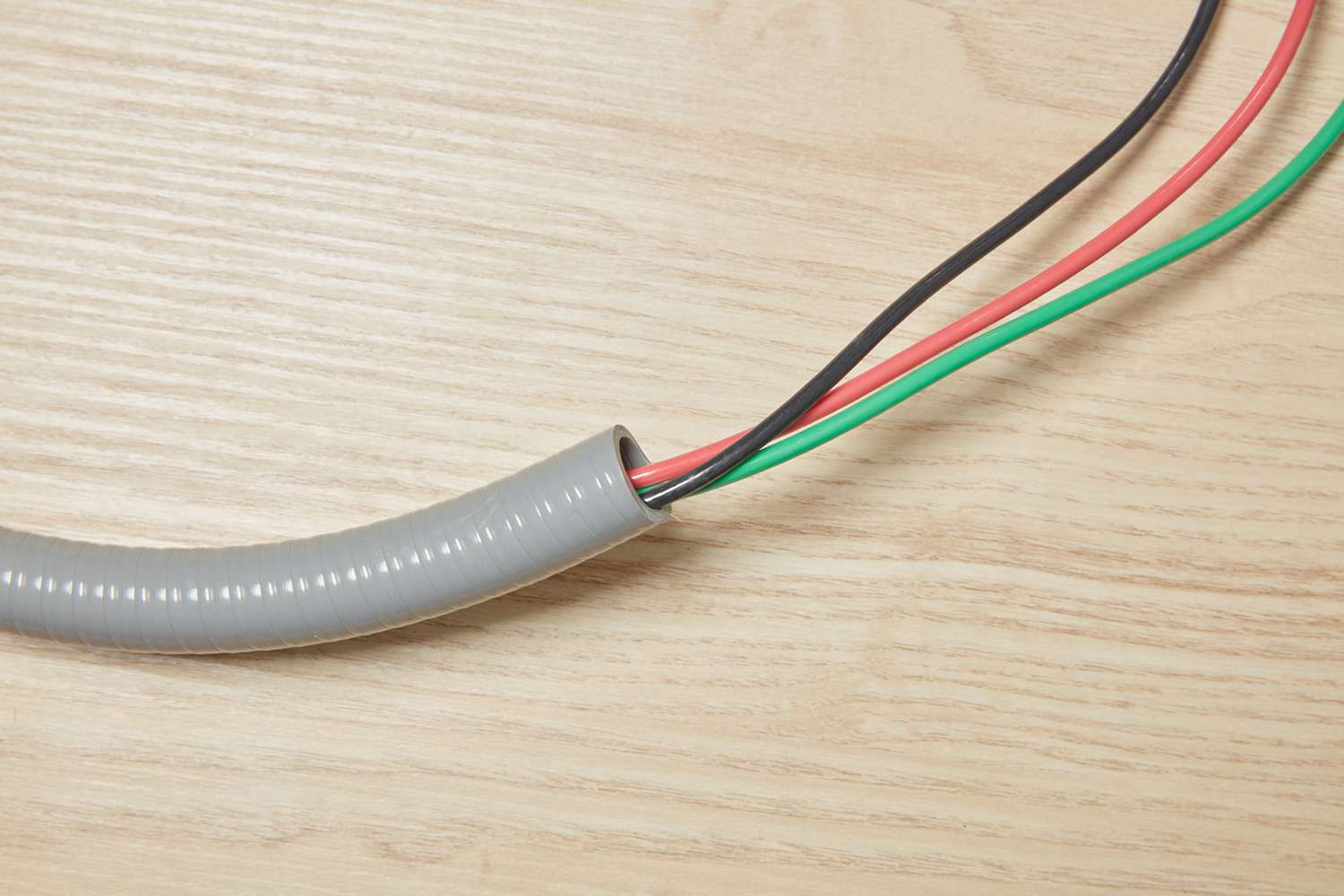
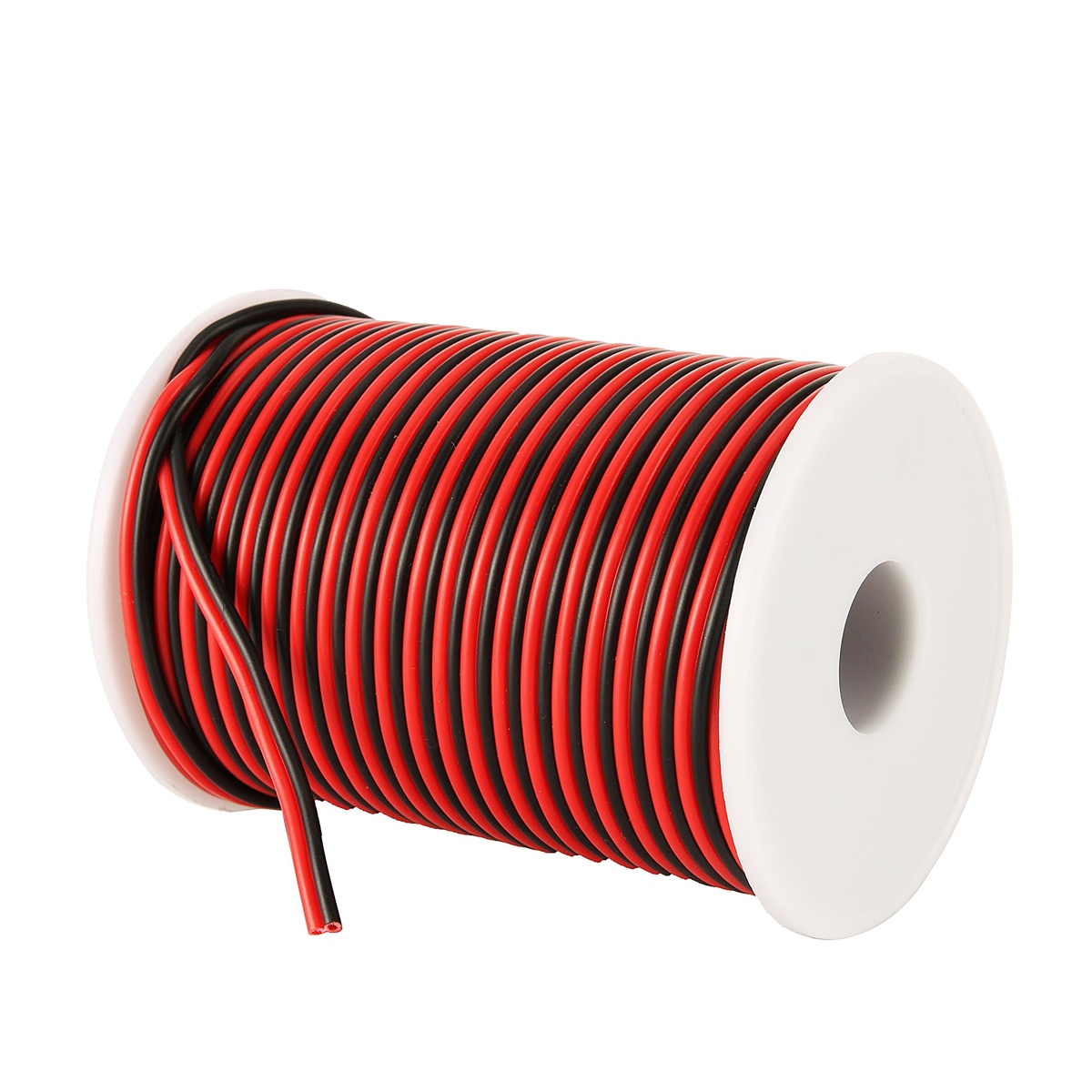


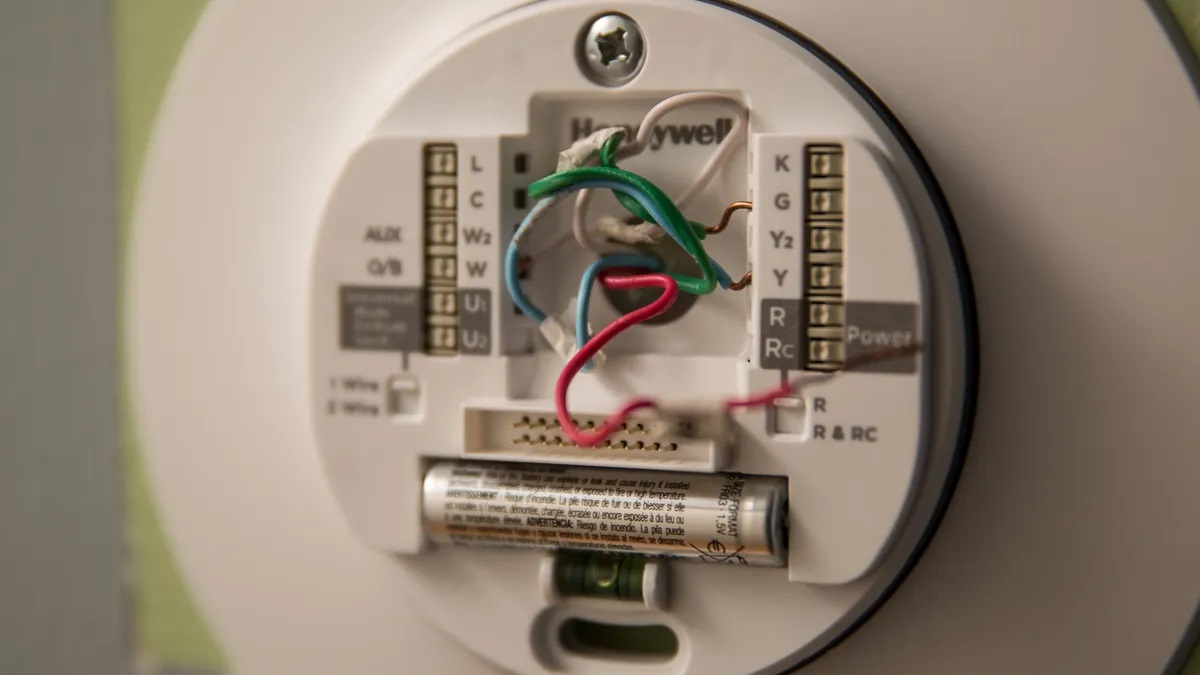
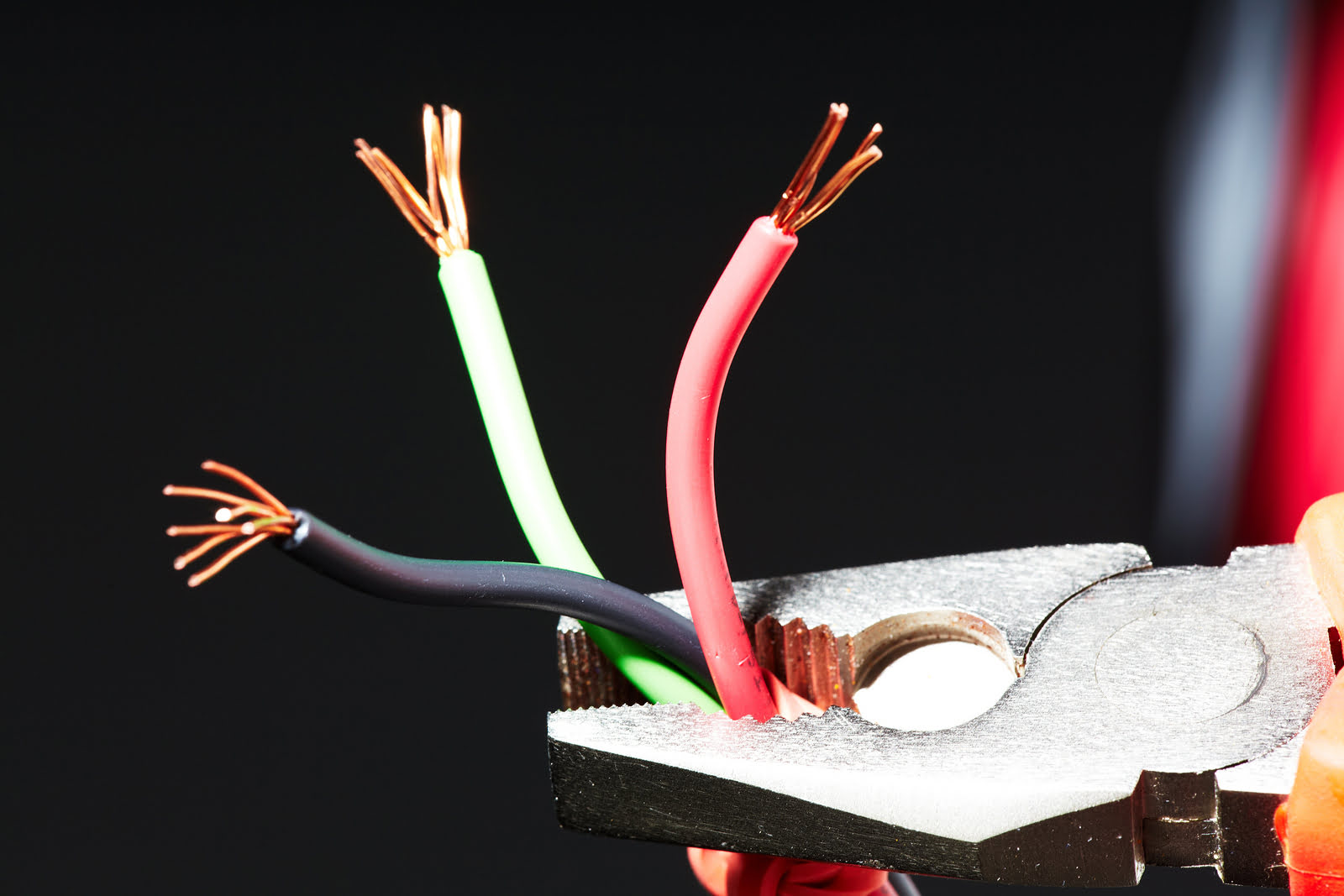

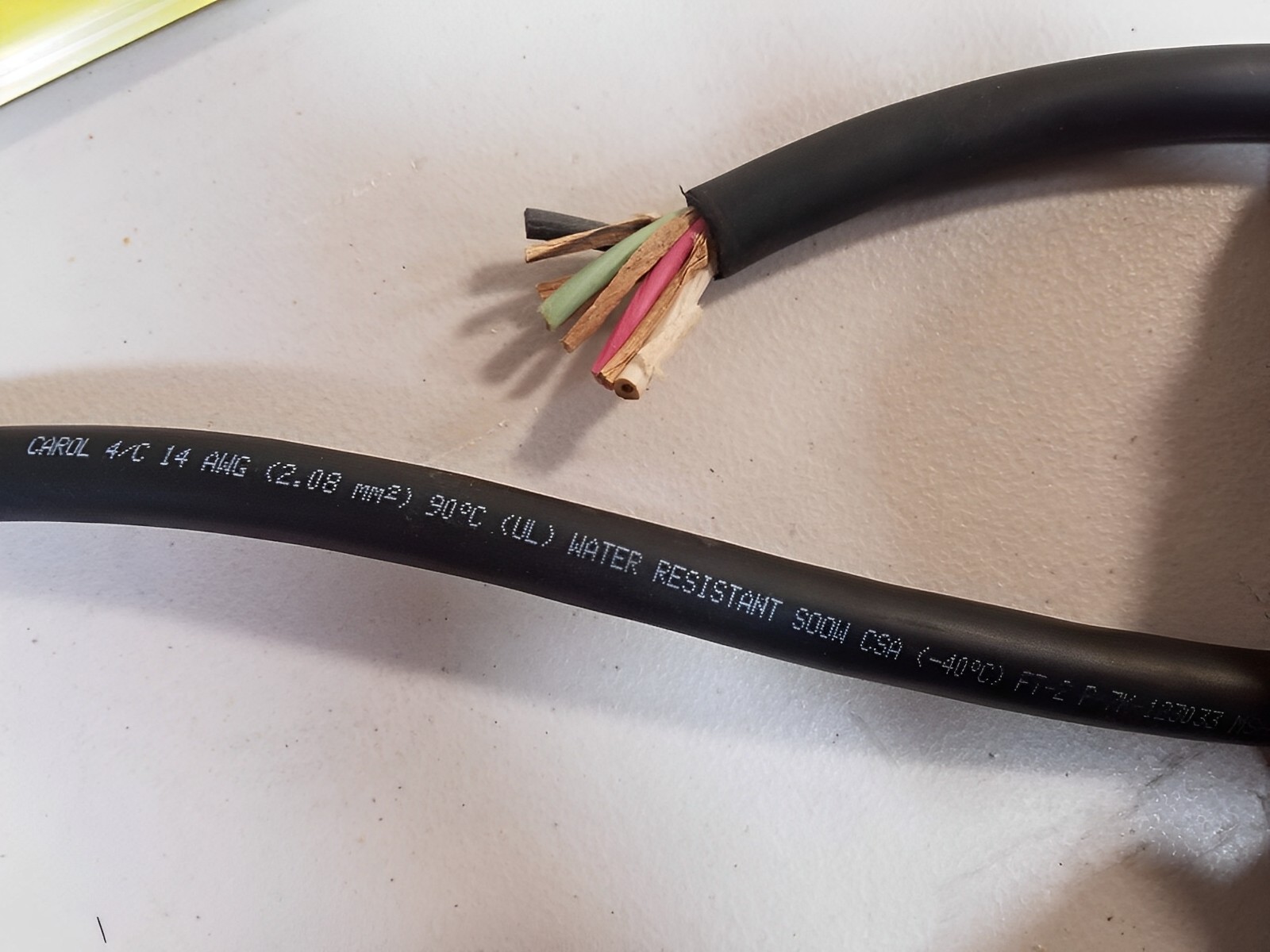

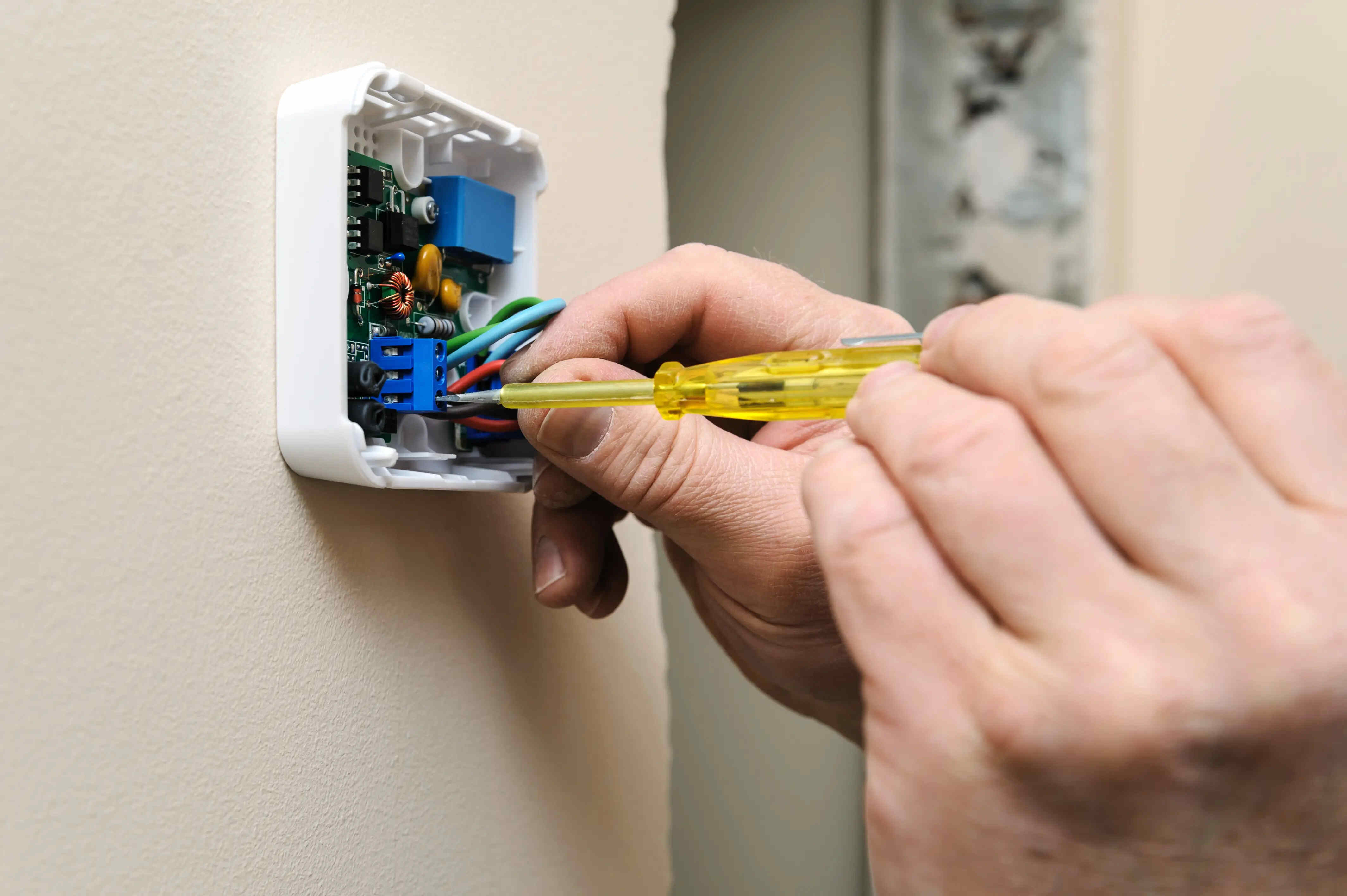



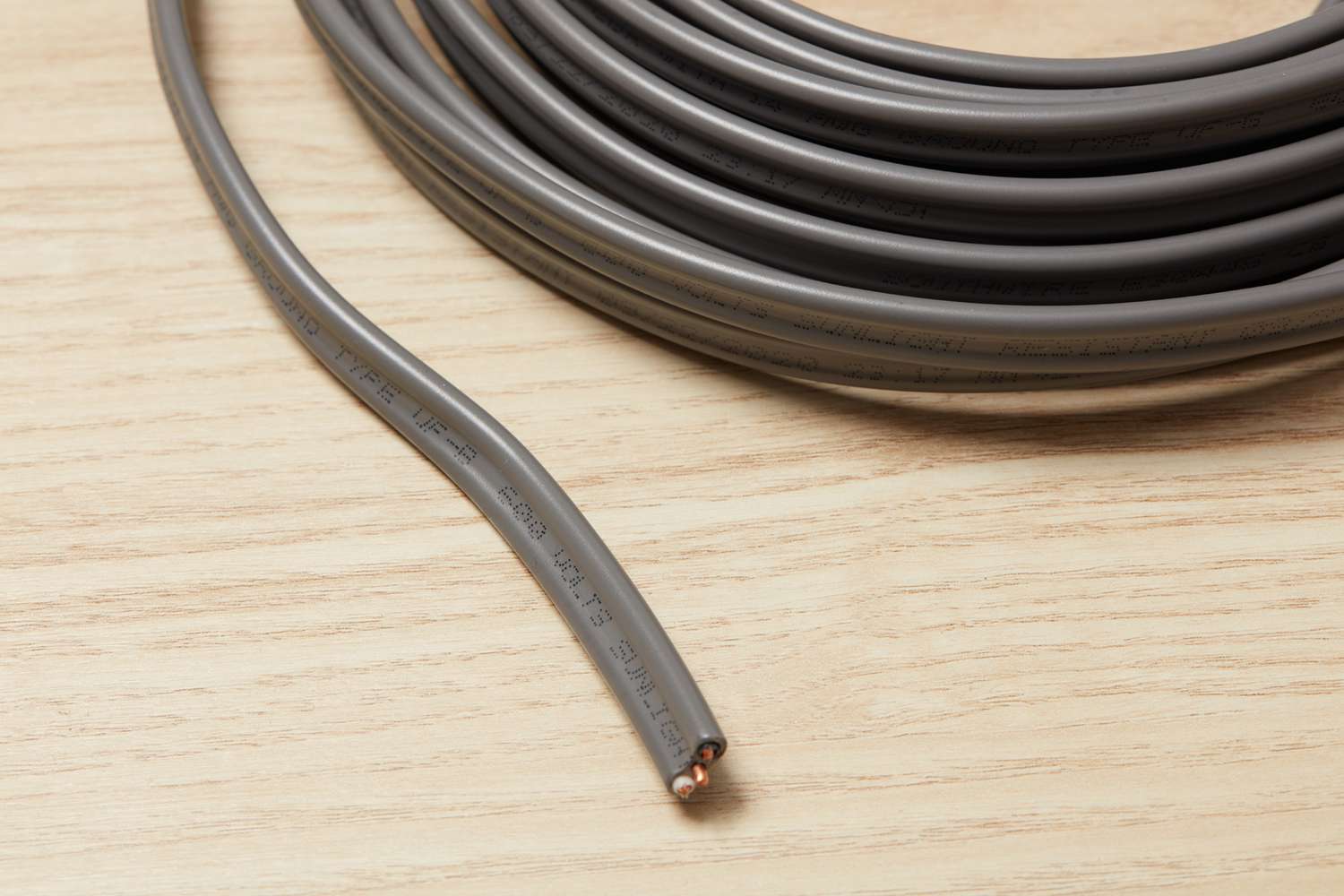

0 thoughts on “What Color Is Black In Electrical Wire”